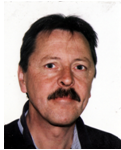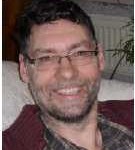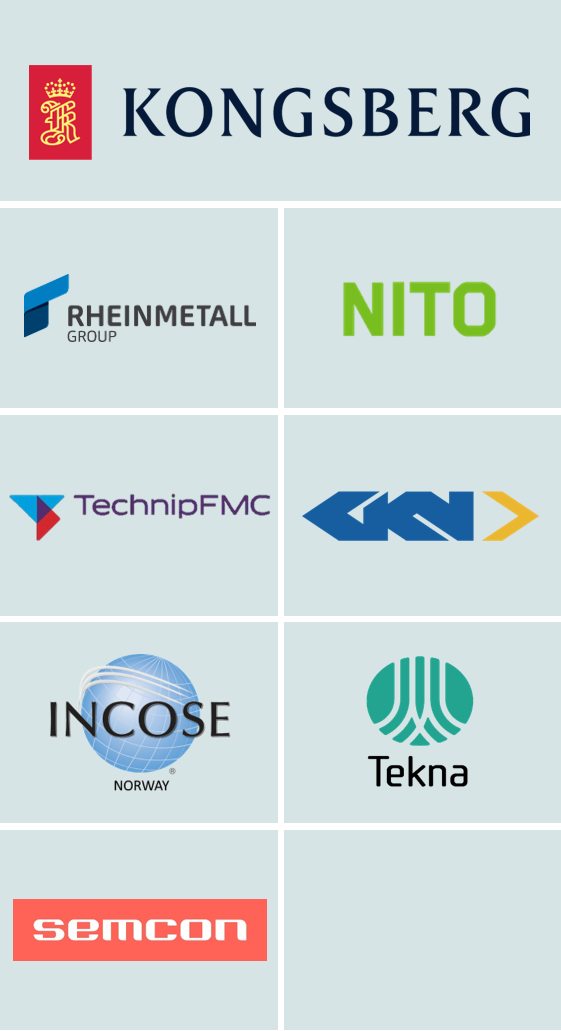Speaker: Kim Nergaard, ESA
Presentation: Kim Neergaard-Concurrent_Design_Presentation
Concurrent Design is used in the early phases of space system projects ranging from component design to full multi-spacecraft projects. Such systems are typically complex and require collaboration between experts in a large range of technical and programmatic disciplines, including celestial mechanics experts, subsystem engineers, operations engineers, and cost experts. ESA has carried out systems engineering tasks using concurrent design since the late 90’s, and this using method as a means of evaluating and preparing missions for future implementation as gained momentum ever since. Concurrent Design is now used for the majority of ESA missions, ranging from small in-orbit demonstration missions (IOD) to large interplanetary exploration missions.
The main centre for such activities is the ESA Concurrent Design Facility (CDF) in ESTEC, but there are facilities at other ESA establishments (such as ESOC) that interface with the main CDF, allowing experts from all over Europe to collaborate directly from their locations.
This presentation aims to describe how systems engineering using concurrent design is implemented in ESA
Kim Nergaard, ESA
Head of the Future Studies Section at ESA.
Manager of a team of Spacecraft Systems Engineers specialising in Mission Operations. Responsible
for definition of operations concepts for future satellite projects and identification and investigation of
new concepts and technologies for missions in the horizon.
Specialties
European Space Strategy, Mission Operations Concepts and Technologies, Spacecraft Simulations,
Computer Science. Project and Team Management
Experience
Head of the Future Studies Section at European Space Agency
January 2001 – Present (9 years 5 months)
Software Engineer at European Space Agency
March 1993 – January 2001 (7 years 11 months)
Young Graduate Trainee at European Space Agency
January 1992 – March 1993 (1 year 3 months)
Young Graduate Trainee in the Simulations Section. Based on previous models (primarily the ERS
Simulator) I developed the Position and Environment Model (PEM) for spacecraft simulators.
Education
Universitetet i Oslo
1985 – 1991

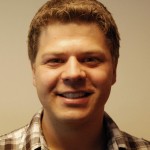
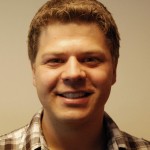
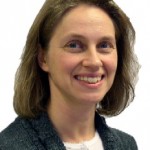


![Bjoern[1]](http://ksee.no/wp-content/uploads/2010/02/Bjoern1.png)
